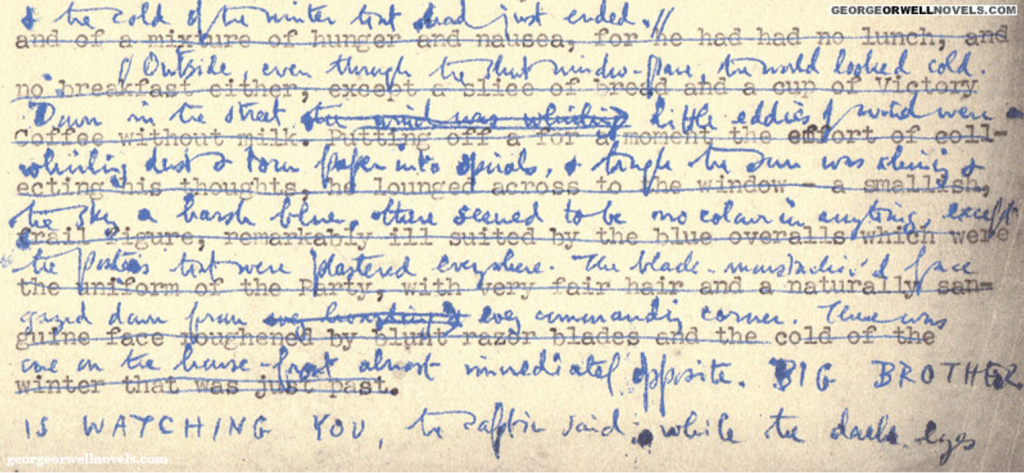If I was to identify one important writing process that is most neglected by pupils, I would pose revising their writing. Why is this vital strategy so commonly neglected?
In my ‘Closing the Writing Gap’ book, I propose that ‘revising’ writing is misunderstood and confused with ‘editing’. So, what is the difference between these admittedly similar aspects of the writing process? I like to use the following definitions:
- Revising is ‘making changes to the content of the writing in light of feedback and self-evaluation’.
- Editing is ‘making changes to ensure the text is accurate and coherent.’
Am I just splitting hairs here? You could argue the two processes can be blurred, which is a fair claim. Crucially though, whenever I observe writing in classrooms – or recall my own pupils’ efforts – pupils attempt to edit, but they don’t really revise what they have written. Almost all their attention goes to editing their spelling, use of capital letters, along with checking a few punctuation errors.
Pupils need to know that improving on a written draft is not just making a neater version and correcting the odd spelling. Real-world examples can help. Daily newspapers are revised to give different slants on stories. Science research is revised and rewritten for more general audiences.
Famous authors rework great prose or rewrite seminal sentences. For example, famed US author, Ernest Hemingway rewrote the final page of ‘A Farewell to Arms’ at least thirty-nine times to get the words right! Now that is revising your writing for quality.
George Orwell radically revised many parts of his famous work, ‘1984’ – see here:

In primary school, given the demand on independent writing for year 6 assessments, the ability to revise your writing without guidance can prove crucial for pupils to meet the ‘expected standard’ or better. Alas, too often, pupils (both young and old) don’t revise with their audience in mind. This hampers writing quality and stunts improvement.
Putting revision front and centre in the writing process
A key reason why pupils may neglect revising their writing is that they are overwhelmed by the sheer mass of moves required to improve on their initial writing efforts.
If they must consider spelling, accuracy, using interesting vocabulary, a range of sentence structures, showing off their knowledge, and much more, is it any surprise that revision gets dropped?
We can make pupils more likely to revise their writing independently by chunking revision down into more manageable steps. The following approaches could offer manageable approaches to put revising writing at the forefront of pupils’ thinking and actions:
- Add, remove, refine. Too often, exactly how to revise one’s writing is unclear. Teachers can disaggregate it into clearer steps. First, pupils add to improve e.g. adding more evidence, facts, or compelling style features. Then they read and revise to remove any unnecessary language, or sloppy sentences. Finally, pupils refine their sentences, such as adding in adjectives for effect, or reorganising a paragraph to make a clearer point.
- The author’s chair. We can make feedback and revisions more audience-focused by asking pupils to sit in the ‘Author’s chair’. When pupils read some of their writing to peers – a real audience – they get the experience of reading it aloud and getting targeted feedback. It needs sensitive handling, but it can offer rich, even transformative, feedback.
- ‘Ask the Editor’. During the process of revising writing, pupils are given the instruction that they can ask the teacher – the ‘Editor’ – a specific number of questions to help them revise their writing. By rationing feedback in this way, it can get pupils thinking more selectively and in refined ways about what to revise.
Related reading:
- Read how struggles with ‘writing stamina‘ may be part of the revision problem – read more HERE.
- I have written about the ‘Challenge of editing writing‘ – the sibling to this effort – read more HERE.
…
This blog has been adapted from my ‘Closing the Writing Gap’ book, available in all good book stores! You can find it at Routledge HERE and Amazon HERE.






Comments